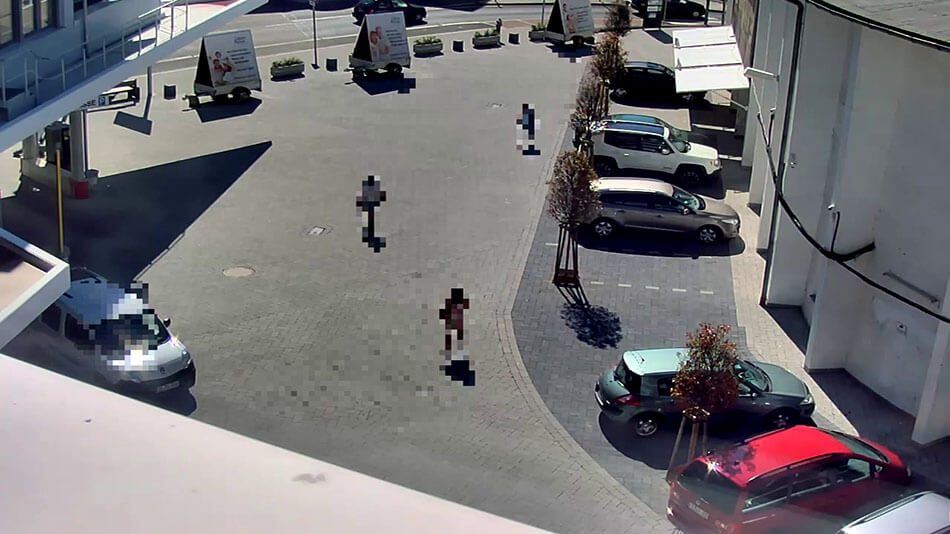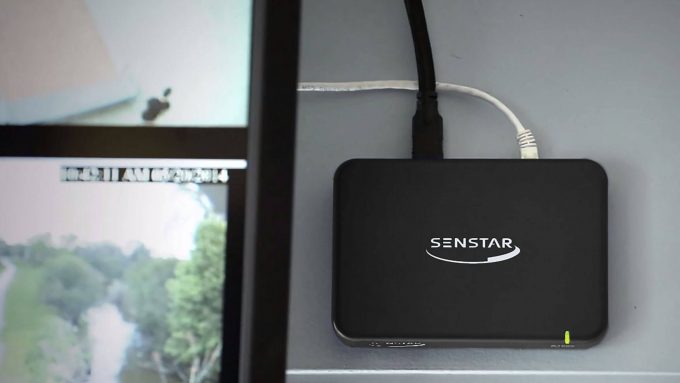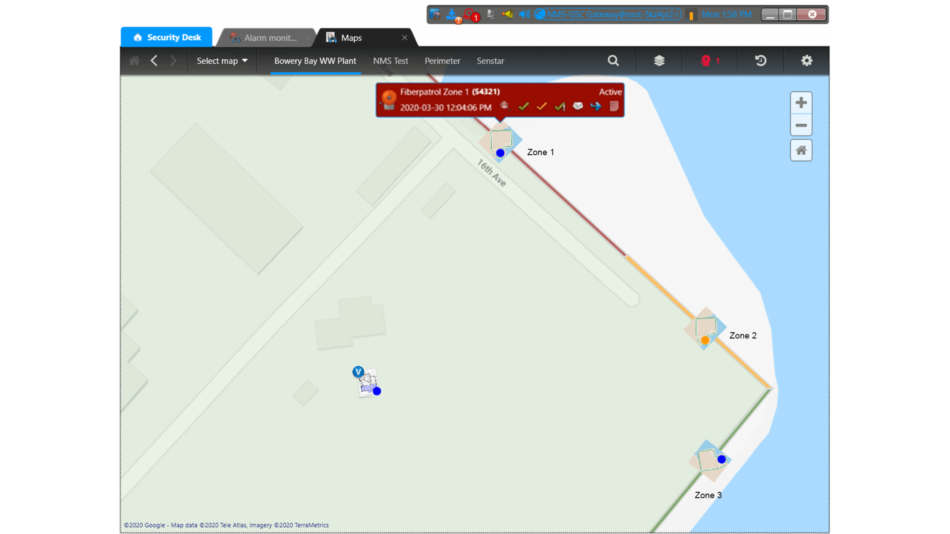Privacy Masking: Protect Identities While Protecting Property

Video surveillance is a critical tool for keeping a site safe. But recording the comings and goings of people and vehicles can also capture personal information that may infringe on individual privacy rights. With increasing regulations worldwide that require the protection of identities and information, privacy masking during video surveillance is becoming more and more important.
Increasing Global Regulations
May 25, 2020 will mark two years since the European Union General Data Protection Regulation (GDPR) came into effect, and enforcement for non-compliance is a growing concern. According to the European Union privacy regulator’s annual report, more than two hundred complaints have been filed, including fines totaling €204M levied against British Airways, €110M against Marriott International, €50M against Google and €27.8M against Telecom Italia.
While the United States lacks a federal equivalent to GDPR, the California Consumer Privacy Act, containing many similar provisions, was passed on 28 June 2018.
Margrethe Vestager, executive vice president of the European Commission for a Europe Fit for the Digital Age has recently gone on record stating that automated facial recognition technology is in breach of GDPR by definition, causing additional concern for many video surveillance deployments.
Despite the risk and potential cost, many organizations continue to struggle with the implications of data privacy regulation compliance within their specific environments. Video surveillance systems have been implemented as a measure to safeguard public safety and security. However, proper measures must be taken to ensure personal data privacy.
The Senstar Thin Client – Now With Dynamic Privacy Masking

In response to growing worldwide data privacy requirements, Senstar has extended the features of its Thin Client video display appliance. When paired with Senstar Symphony video management software (VMS), the Thin Client now features dynamic privacy masking, which allows it to obscure the identifying features of individuals or vehicles, that may appear within a camera’s field of view.
Unlike the more common static masking which is configuration-driven and can be used to obfuscate specific areas within a camera’s field of view (e.g. public sidewalk or private residence), dynamic masking is analytic-driven and applies pixelization to the distinguishing characteristics of moving objects that traverse the scene. Action within a scene is preserved and the masked stream may be safely viewed in real-time, while evidentiary details are stored and accessible only to authorized users.
The Senstar Thin Client is a simple and cost-effective device designed to display 1080p video from 30+ network video camera manufacturers via ONVIF Profile S, as well as from the Senstar Symphony VMS and any RTSP-compatible video source. The device is ideal for space-constrained environments due to its compact design while its web-based interface makes it easy to configure and manage.
Key features of the Senstar Thin Client include:
- Dynamic and static privacy masking
- Video clip and still image export
- Management options – on-screen UI, Web UI, Mobile Apps for iOS and Android
- Separate permission profiles for Administrators and (Viewer) Users
- Input device options – USB Keyboard & Mouse, Touch Screen, Joystick, TV Remote Control
- Video display options – Defined camera views, Smart 2-View, Carousels & Video Wall support
- Centralized monitoring and management via Senstar Enterprise Manager
Learn more about the Senstar Thin Client.


